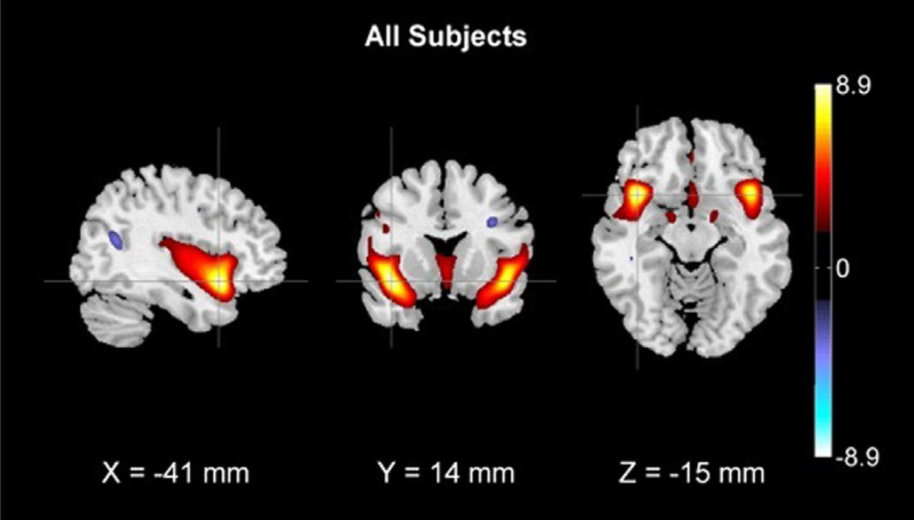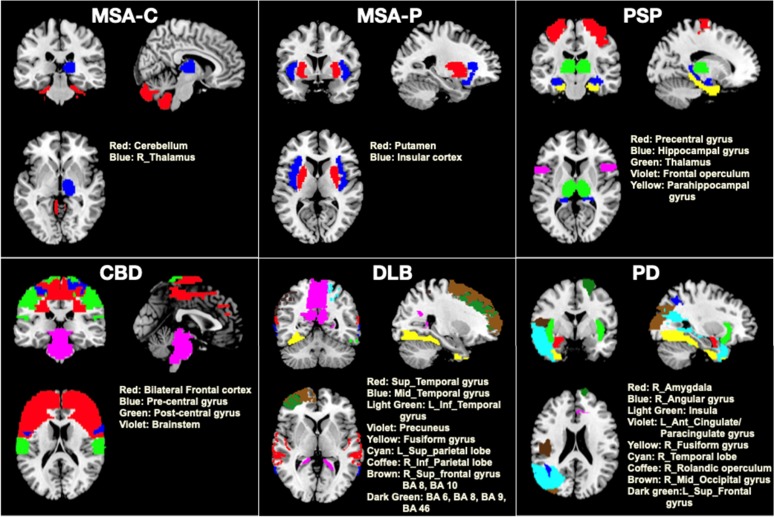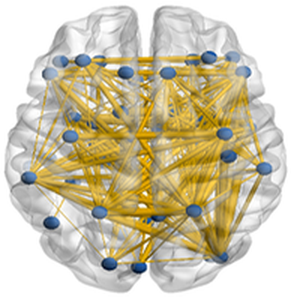Electroencephalogram (EEG) is the imaging modality we use for our investigations. This technique measures the electrical responses of the brain. Our interests lie in decoding these responses to study human brain behaviour and derive insights. Our ongoing projects are focused on multiple domains, particularly Android App development, neurocinematics and music perception. Our Projects in the EEG domain: Camera EEG CameraEEG Android App helps in the recording of synchronized electroencephalogram signals and video data on a smartphone. The app has allowed us to conduct experiments not just within the lab but also, in natural environments. Neurocinematics based BCI applications. We are using deep neural networks to model EEG signals in the context of brain-computer interfaces. We have implemented an BiLSTM-LSTM based classifier for estimating the cognitive workload of a passiveBCI user. Currently we are developing a dynamic audio-visual stimulus presentation paradigm (Neurocinematics) and a software implementation of the experimental protocol for an EEG based BCI.



 .
.
